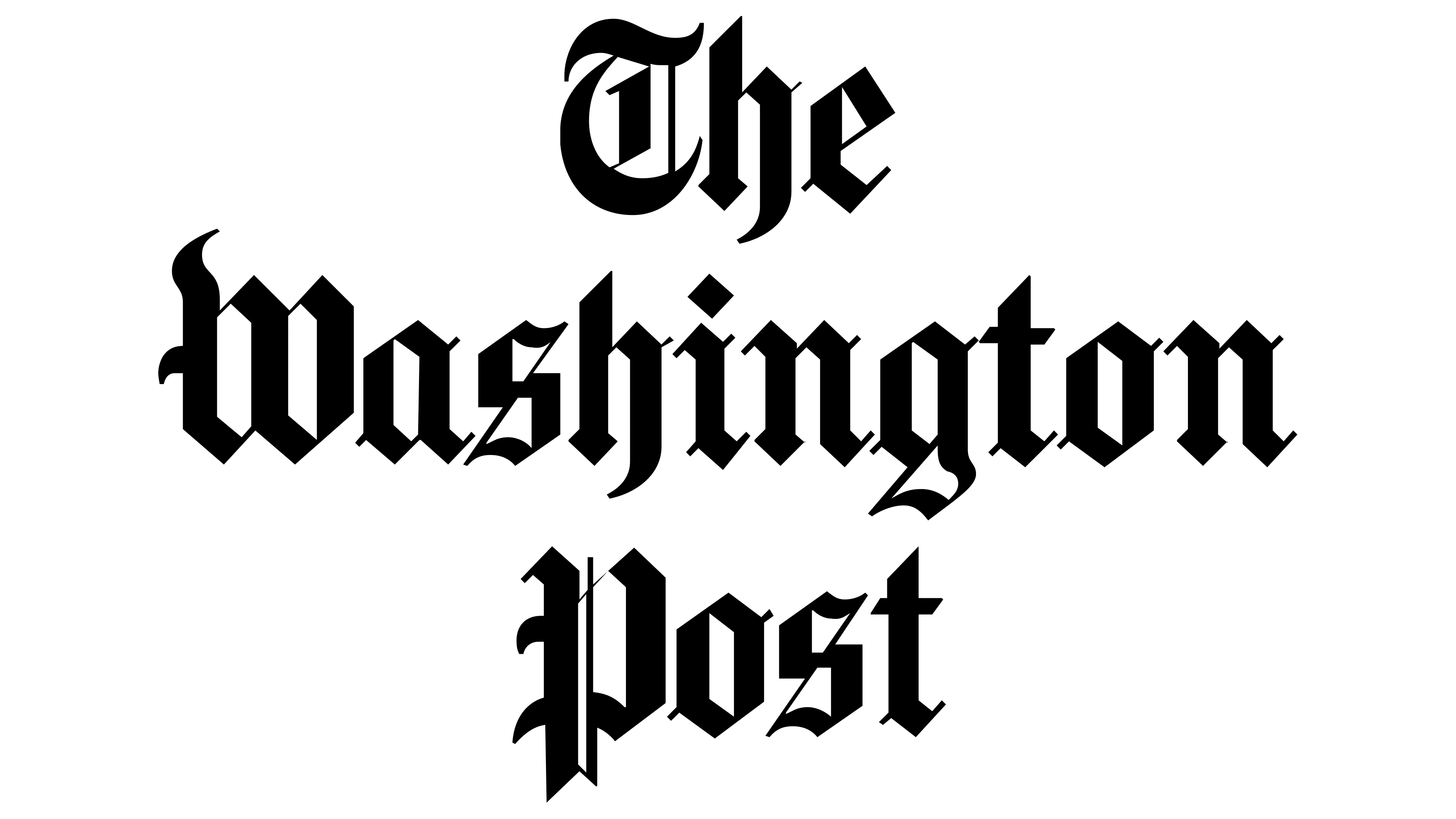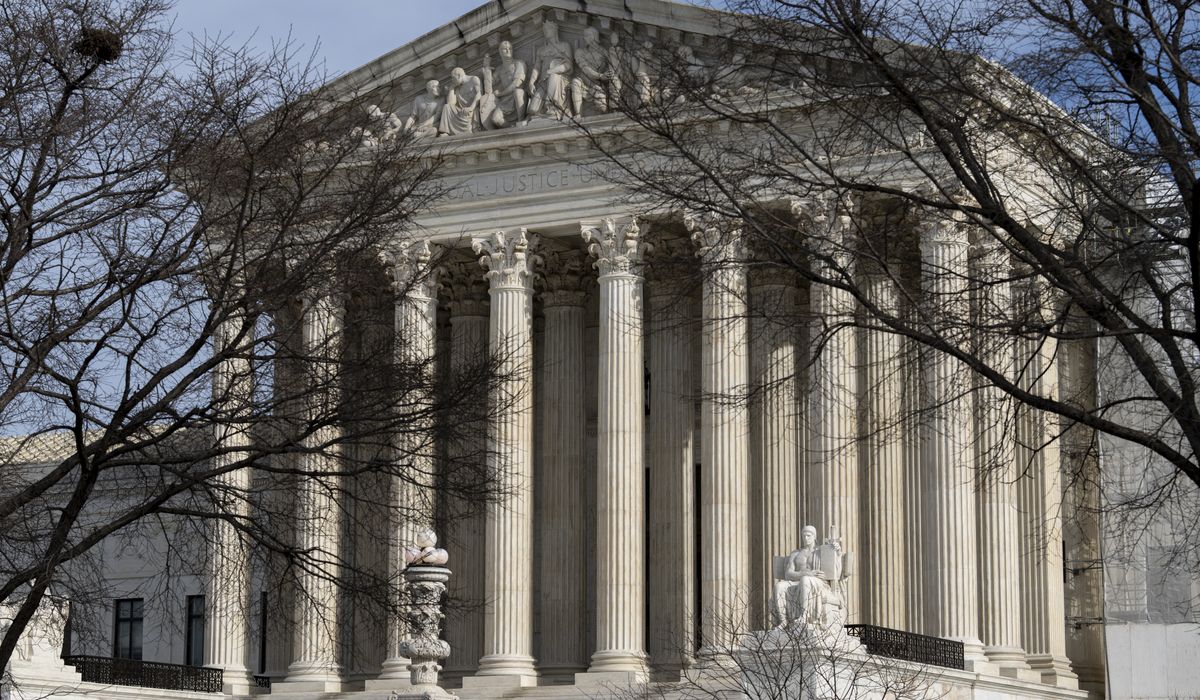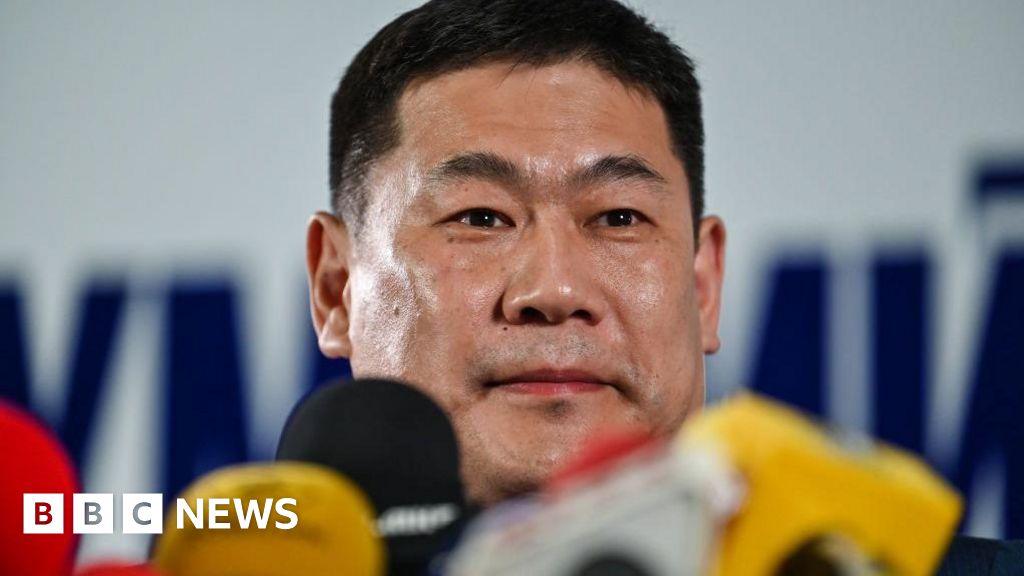ARTICLE AD BOX
The Supreme Court gave the OK Thursday to President Trump to carry out firings of Democratic appointees at some major federal watchdog agencies, saying the chief executive has wide-ranging powers to shape the workforce that carries out his policies.
The justices said laws that restrict the president’s firing power are likely unconstitutional, though they said they have not reached a final decision on that.
Thursday’s ruling is instead a blockade on lower courts that had stopped the president’s firings at the National Labor Relations Board and the Merit Systems Protection Board. The ruling allows the president to keep the officials out of their posts while the cases develop more in lower courts.
“Because the Constitution vests the executive power in the president … he may remove without cause executive officers who exercise that power on his behalf, subject to narrow exceptions recognized by our precedents,” the court said in an unsigned opinion.
The decision is a watershed moment in presidential power, suggesting the executive’s power to hire and fire is broader than previously recognized.
The court’s three Democratic appointees dissented, saying the majority was in effect overturning a 90-year-old precedent that had ruled some so-called independent agencies can be shielded from presidential firing.
They said that was all the more egregious, given that the case came to the court on its emergency docket and hasn’t fully developed.
“Not since the 1950s (or even before) has a president, without a legitimate reason, tried to remove an officer from a classic independent agency — a multi-member, bipartisan commission exercising regulatory power whose governing statute contains a for-cause provision,” Justice Elena Kagan wrote for the dissenting justices.
The ruling is the latest from the high court during Mr. Trump’s current term to recognize expansive presidential powers.
In preliminary rulings it has allowed him to fire the head of the Office of Special Counsel, revoke a deportation amnesty for hundreds of thousands of Venezuelan migrants, and overturned a lower-court blockade on firing probationary federal employees.
On the other hand, though, it has imposed new limits on his attempt to speed up deportations, saying he needs to do more to respect illegal immigrants “due process” rights.
Thursday’s case involved the firings of Gwynne Wilcox, a member of the NLRB, and Cathy Harris, a member of the MSPB.
District judges had ruled the firings likely illegal and ordered the two restored to their posts. A three-judge panel of the U.S. Circuit Court of Appeals for the District of Columbia then stepped in and allowed the firings to commence. The full circuit court then reversed that.
And now the justices have re-reversed.
Presidents have long been recognized as having power to fire employees from regular government agencies.
But the Supreme Court in a 1935 decision, known as Humphrey’s Executor, ruled that his power was constrained when it came to independent agencies Congress set up with multi-member boards and mixed powers.
Congress regularly writes into the laws establishing the agencies that a president cannot fire save for cases of good cause, such as malfeasance or misconduct.
Mr. Trump offered no such justification in his ouster of Ms. Wilcox and Ms. Harris. Instead the administration has said they were seen as obstacles to the president’s agenda.
The court, in Thursday’s majority opinion, said for-cause laws can’t always survive constitutional scrutiny. The justices said it must be a case-by-case evaluation, with the key test being whether the power wielded by the agency and the officers is largely executive in nature.
“The stay reflects our judgment that the government is likely to show that both the NLRB and MSPB exercise considerable executive power,” the justices said.
They said at this point, the president would suffer more for having to keep adversarial employees than those employees would suffer from the firings.
The majority made a point, in the opinion, of saying that the Federal Reserve, another independent multi-member board, would not be affected by this new precedent.
Justice Kagan said that declaration came “out of the blue,” and was good to hear — but also puzzling, because the Federal Reserve is similar to the NLRB, MSPB and other agencies where the president has carried out firings, such as the Federal Trade Commission.

 1 month ago
76
1 month ago
76








 English (US) ·
English (US) ·